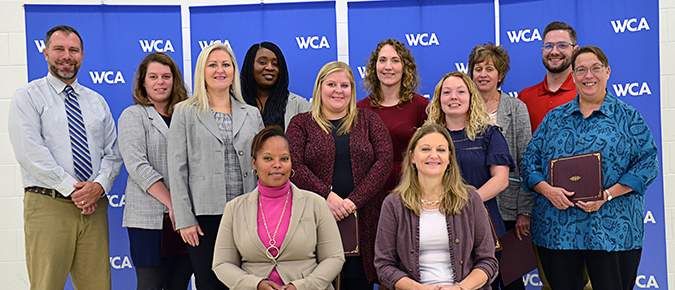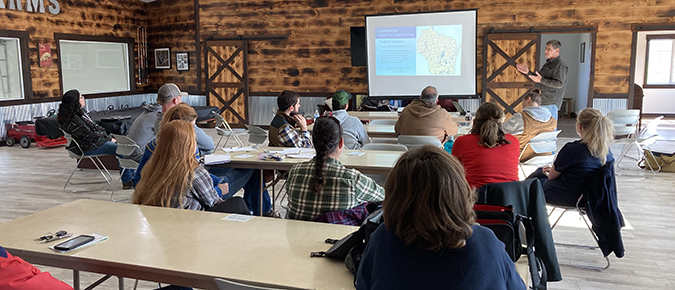Two of the largest barriers people using Supplemental Nutrition Assistance Program benefits, called “FoodShare” in Wisconsin, face at farmers’ markets are the lack of availability of Electronic Benefits Transfer (EBT) systems and the lack of awareness that EBT programs exist. In 2022, farmers’ markets redeemed only 0.02% of all FoodShare benefits distributed in Wisconsin. To […]
An increasingly polarized political environment has inspired new candidates to seek elected office — over 20 percent of municipal and county officials on average are newly elected during any particular two-year period. Newly elected officials need a trustworthy source of information in order to understand their duties and responsibilities. UW–Madison Extension’s Local Government Education Program […]
Young people are often left out of positions of power and decision-making spaces. UW–Madison Extension’s Community Youth Development Program strengthens community environments by building the capacity of schools and other organizations to address issues that affect young people and prepare them for community leadership. In 2022, Extension educators engaged nearly 600 partner organizations across the […]
Entrepreneurship brings many benefits to Wisconsin communities, including job and income growth and overall economic stability. Additionally, it supports the development of a community identity and improves residents’ quality of life. However, the success of entrepreneurs is hindered by a lack of business development assistance and weakened entrepreneurial ecosystems. UW–Madison Extension’s Community Economic Development Program […]
Most states in the U.S. have maps of the surficial geology, the unconsolidated sediments at the earth’s surface. These maps are at a scale that is appropriate to depicting the entire state on a single map. To date, no such map has ever been created for Wisconsin. Extension’s Wisconsin Geological and Natural History Survey has […]
Wisconsin’s 72 counties, 604 cities and villages, and 1,250 towns are tasked with delivering services that support individuals, families, organizations, and businesses. In many cases, the demand for services is greater than the available resources requiring local governments to find innovative solutions to better serve their citizenry. In an effort to build toward innovative solutions, […]
Wisconsin dairy farms produce the equivalent of 12 billion gallons of dairy manure every year. Properly managed, this manure is a valuable source of crop nutrients. However, improperly managed manure can release nitrogen, phosphorus, and pathogens into surface water and drinking water supplies. Every year, seven billion gallons of manure are transported and/or applied by […]
Food security—defined as the assured physical and economic access to sufficient, safe, and nutritious food needed for healthy, active living—is critical to family and community well-being. The COVID-19 pandemic shone a spotlight on inequities in our food system, exacerbated food insecurity, and amplified pre-existing vulnerabilities in the food system, including production, processing, transportation, consumption, disposal, […]
The U.S. has the highest per capita incarceration rate in the world, which quintupled from 1975 to 2005, representing a shift from rehabilitation to punishment. There has been a bipartisan transition in the past 15 years toward reducing both adult prison and youth justice populations, including in Wisconsin. Restorative justice repairs harm caused by crime. […]
Community gardens provide a variety of learning opportunities and foster multiple societal benefits including environmental stewardship, social capital, food security, and civic engagement. When community gardens are viewed solely through the lenses of food production or healthy food access, Extension and its partners miss opportunities to understand and amplify other direct and indirect impacts that […]














